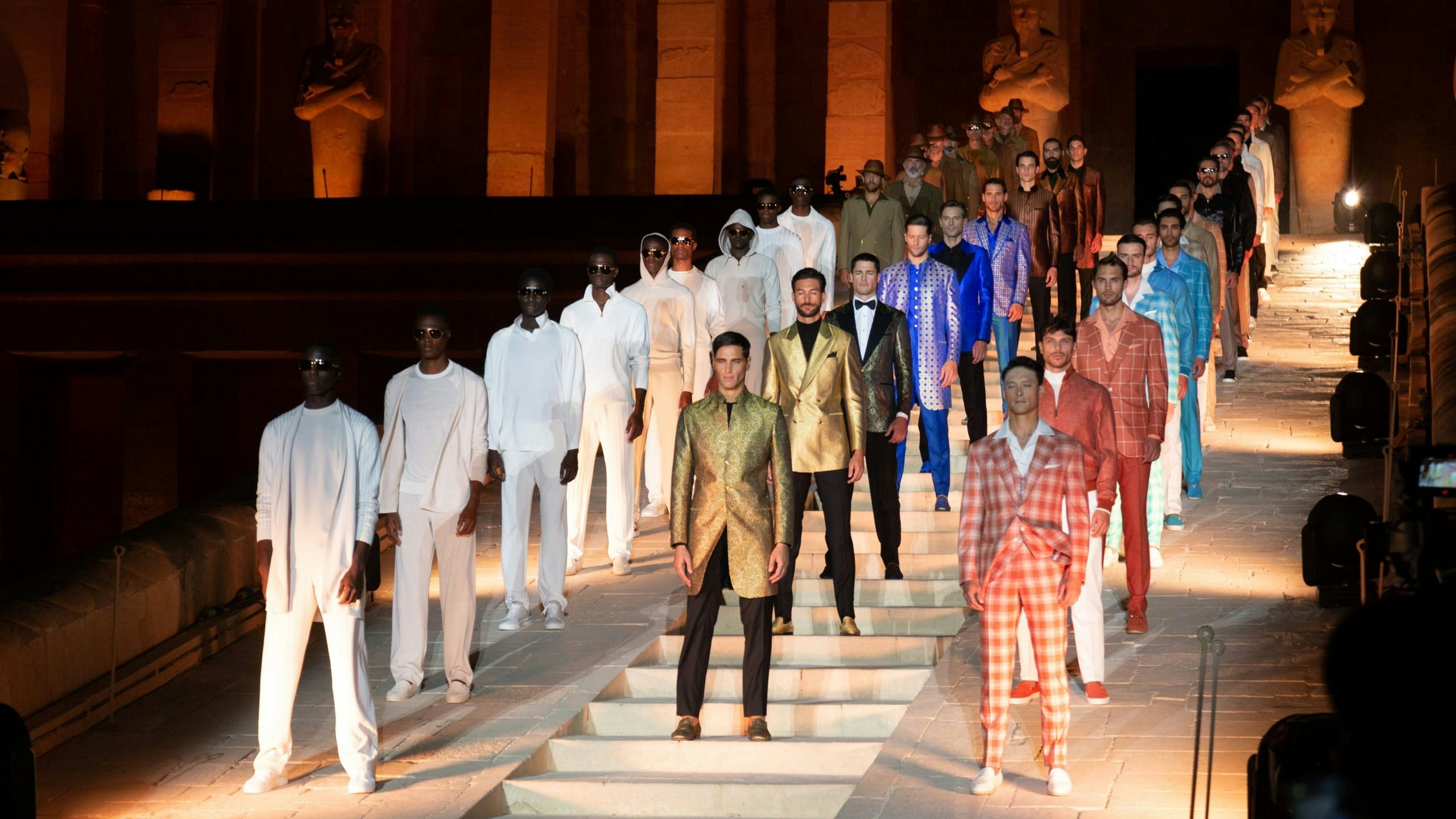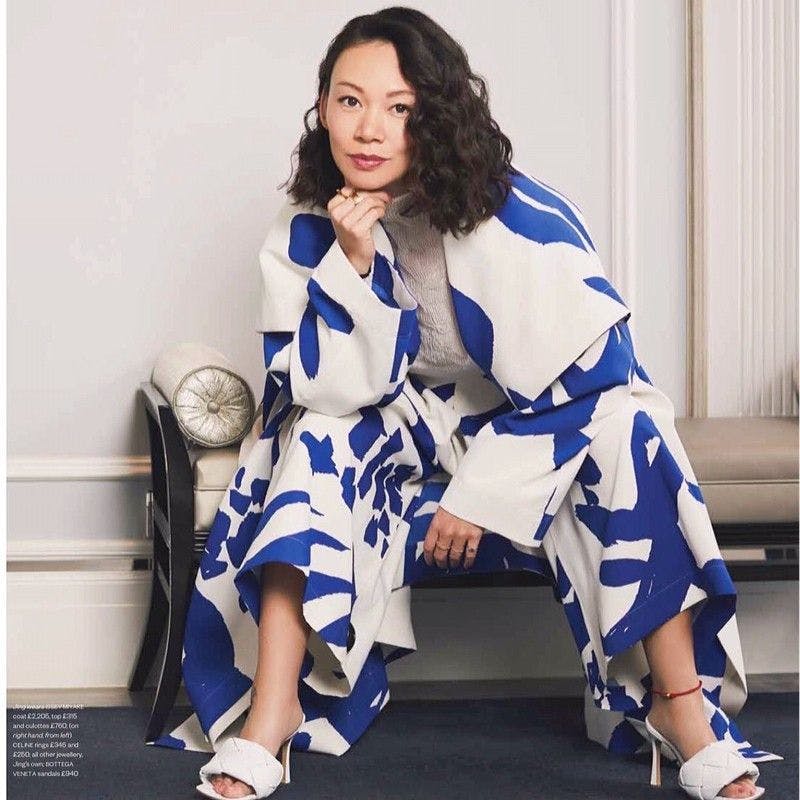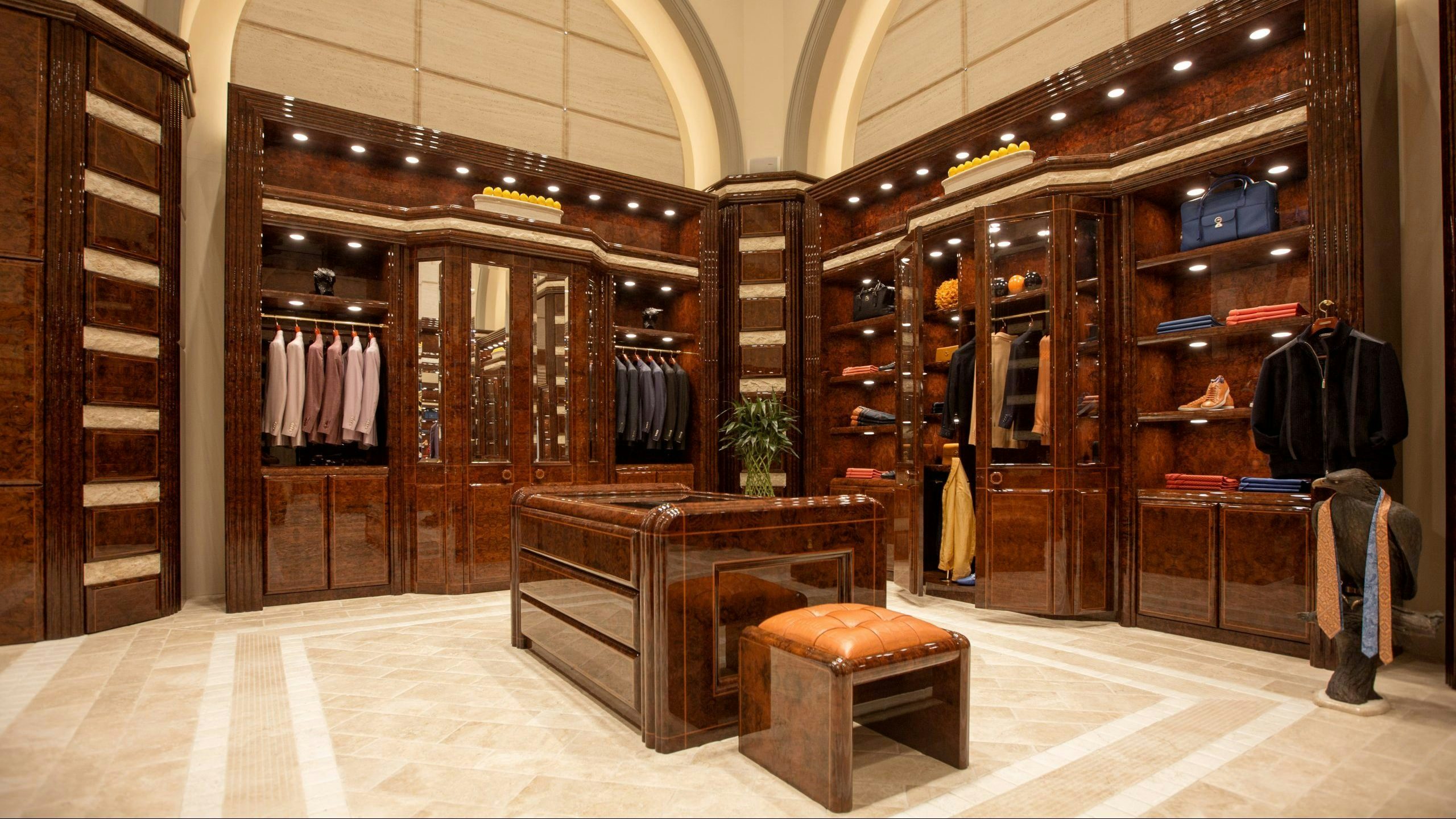Private jets, yachts and supercars, impeccable tailoring, bespoke luggage, and crocodile skin hoodies — this is the world of menswear luxury label Stefano Ricci. With the ability to name drop Nelson Mandela as a friend and client, host a performance by Andrea Bocelli for VIPs at Queen Hatshepsut's Temple, dress Tom Cruise and Pope Francis (they made him a Papal robe), and upholster the Kremlin’s interiors, this is no ordinary luxury label. Forget the 1 percent, this company has been labeled clothier to the 0.001 percent.
Half a century ago, founder Stefano got his start selling Italian silk ties. He set up his first boutique in Shanghai in 1993 after seeing the “incredible energy of the country and its youth.” Now the family’s international empire spans across New York, Hong Kong, Kyiv, Bangkok, Zurich, Paris, Mumbai, Nairobi, Manila, the UEA, Azerbaijan, Brazil, Russia, and Cambodia.
Until the pandemic, mainland China was Stefano Ricci’s largest market. Today, America has taken the number one spot. This year’s turnover comes in at 150 million (RMB 1.07 billion), Stefano and Niccolò Ricci reveal. Pre-war, Russia and Ukraine took third and fourth spots in global market share, so it’s fair to say things have been in flux.
As the brand turns 50, more than 400 of us (VIPs, clients, partners, and journalists) gathered to celebrate in Luxor’s most beautiful cultural sites, some dating back over 3,500 years. This itself is a power move, being the first luxury fashion label to do a runway in an ancient Egyptian site, ahead of Dior’s Pre-Fall Men’s billing in Cairo this December.
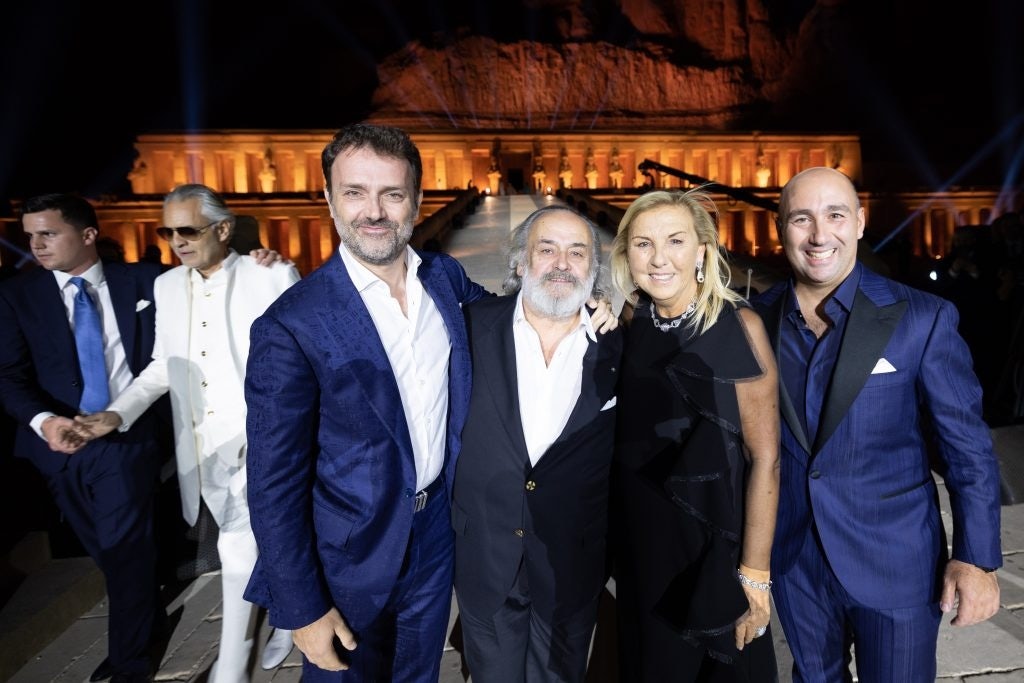
The family showed up in full force, including founder Stefano, wife Claudia, and sons Niccolò (CEO) and Filippo (Creative Director) as well as their children. And celebrations ran the gamut: a show stopping 90-plus look runway at Queen Hatshepsut's Temple serenaded by Bocelli, gala dinners inside Luxor Temple and Medinet Habu temple, a lecture by the infamous Egyptologist Dr. Zahi Hawass, a video message by Mandela’s daughter, a cruise along the Nile, and visits to the Valleys of the Kings and the Queens. All deliciously and ridiculously opulent.
Yet they’re also fitting for a brand whose men’s jackets start around 4,000 (RMB 28,700), crocodile and calfskin backpacks come in at 7,000 (RMB 53,300), diamond cufflinks retail at 100,000 (RMB 719,100), and limited edition octagonal watches range from 50,000 (RMB 359,500) to millions of dollars. Most of us might balk at the prices but the Ricci’s must be doing something right.
“We are up 22 percent year-on-year worldwide adding together retail and wholesale revenues,” CEO Niccolò tells Jing Daily, pulling up a graph from his phone. “I’ve just got the latest numbers here, in retail we are up 46 percent in North America, up 73 percent in Europe, and up 53 percent in Italy alone this year.”
China business paints a less rosy picture, however. “It’s down 16% year-on-year,” Niccolò says, largely due to pandemic restrictions and shaky spending sentiment. Meanwhile, Hong Kong is not faring well and “Macau is down a lot, it’s a problem…[China’s] COVID restrictions this year have not helped psychologically with our consumers because all business went down.”
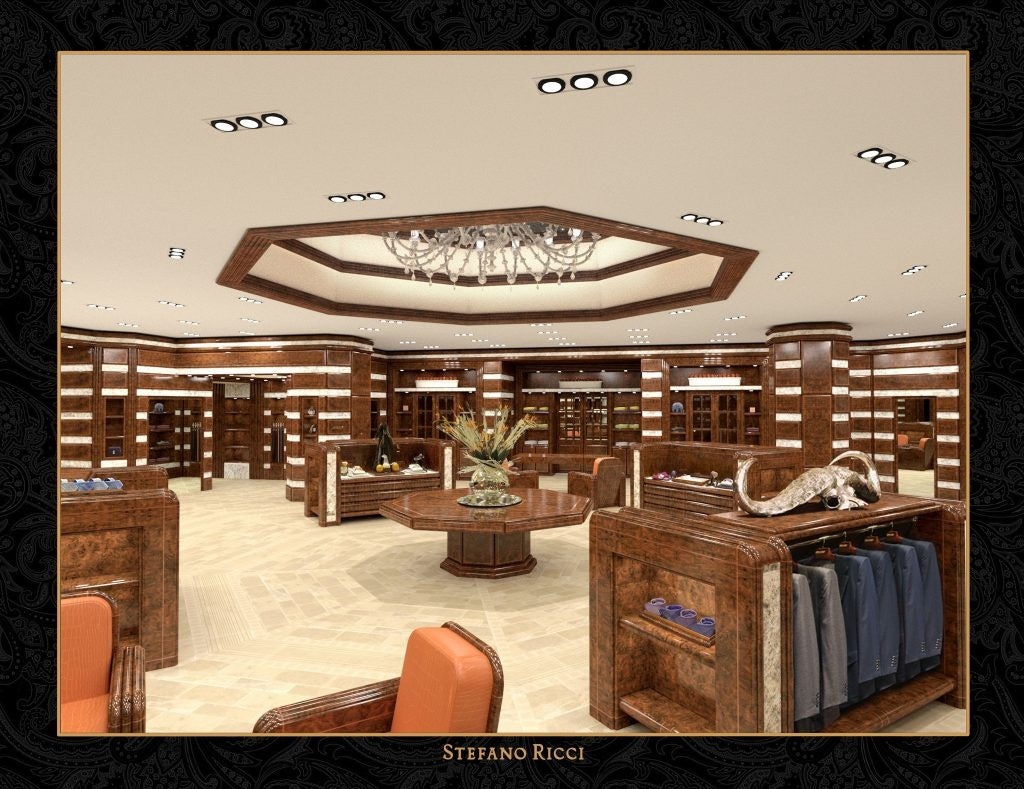
So why is the brand doubling down on China? At the end of this year, a huge duplex store will open at Beijing’s SKP mall, and even more locations are planned for the rest of the country.
“We still really believe in the Chinese market because the energy in China is always unbelievable,” Niccolò explains. “As soon as the COVID restrictions there are removed, I believe we will see China roaring again. We are not present in every city, but I think there is an opportunity to open in at least another eight cities…and we are gonna do it.” The company’s China business partner Dato Louis Lyu Desheng later reiterated the sentiment and alluded to at least eight new Chinese stores in the near future. Further international expansion is also on the cards, with Kyrgyzstan and Turkmenistan openings billed.
Stefano Ricci’s sweet spot seems to be catering to a loyal, mature male clientele (less Gen Zs here) who couldn’t care less about fleeting trends, celebrity ambassadors, influencers or fashion weeks. (But the fact that Nelson Mandela famously wore a Stefano Ricci black shirt to meet Queen Elizabeth II does hold some sway.) Perhaps that’s why the brand has flown under the public radar for so long.
The brand’s footprint in Greater China already includes a Hong Kong Peninsula Hotel boutique, several Macau stores, and the aforementioned giant Corinthian columned maison in Shanghai’s Jing'an area (with garden, VIP lounges and signature walnut interiors). But its Weibo account has only 1,800 followers, and each WeChat post averages around just 600 views, with most public comments coming from wealthy Chinese women who say this brand is their preferred one when buying gifts for their husbands.
The brand serves a very specific ultra-high-net-worth, jetset demographic whose members probably don’t spend their time commenting on social media. These busy men (and women who are gifting their men) embrace an uber masculine, powerful aesthetic — and are so often ignored by the Gen Z obsessed fashion houses. Clients are usually entrepreneurs or from legacy families (read politicians, high flying bankers, business owners, aristo-types), unapologetically demanding of quality and willing to pay the hefty prices. It’s likely that Luxor hasn’t seen so many private jets fly in for a long time. And while the styles have been recently modernized by creative director Filippo, there’s still that hint of oligarch chic.
The new Beijing SKP store for example is spread over two floors, “with a VIP room upstairs, and a Stefano Ricci cigar lounge, similar to that in the Shanghai store.” This will appeal to an ultra wealthy, middle-aged Chinese male clientele that wields hefty spending power and is attracted to impeccable Italian craftsmanship, exclusive intimate experience, and bespoke products.
Like most luxury houses, Stefano Ricci is waiting with bated breath for China’s “opening up” and easing of international travel. Once that happens, Niccolò predicts that “we are going to see that revenge spending, with China coming to Europe; just like we’ve seen with the Americans this summer where they were all over Europe, in London, Italy, everywhere. I believe that China and the Chinese consumer will do the same.”
